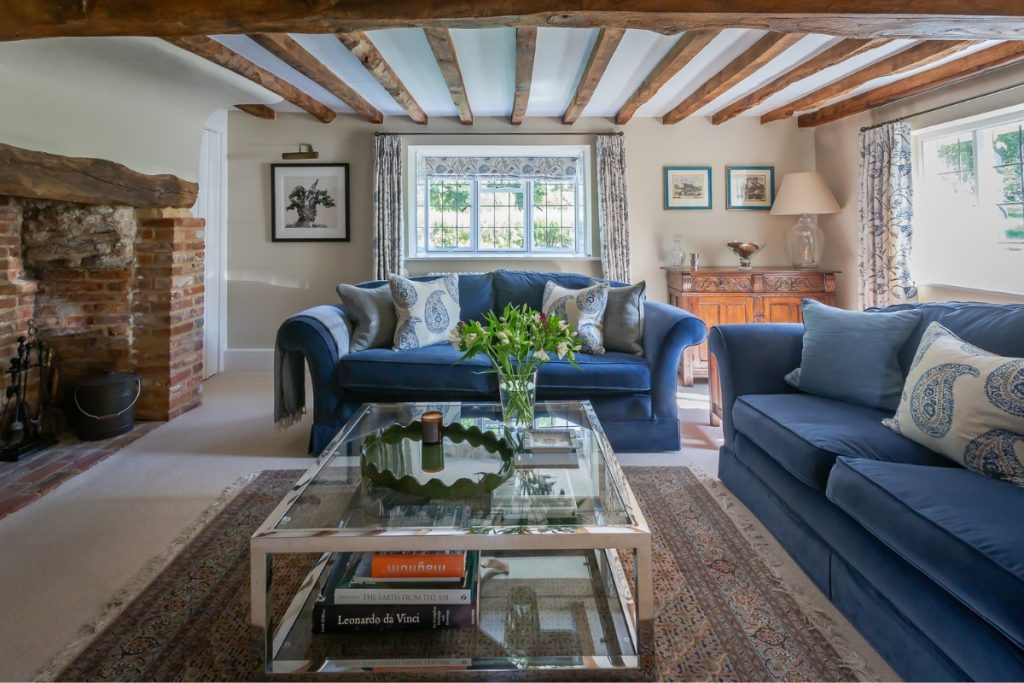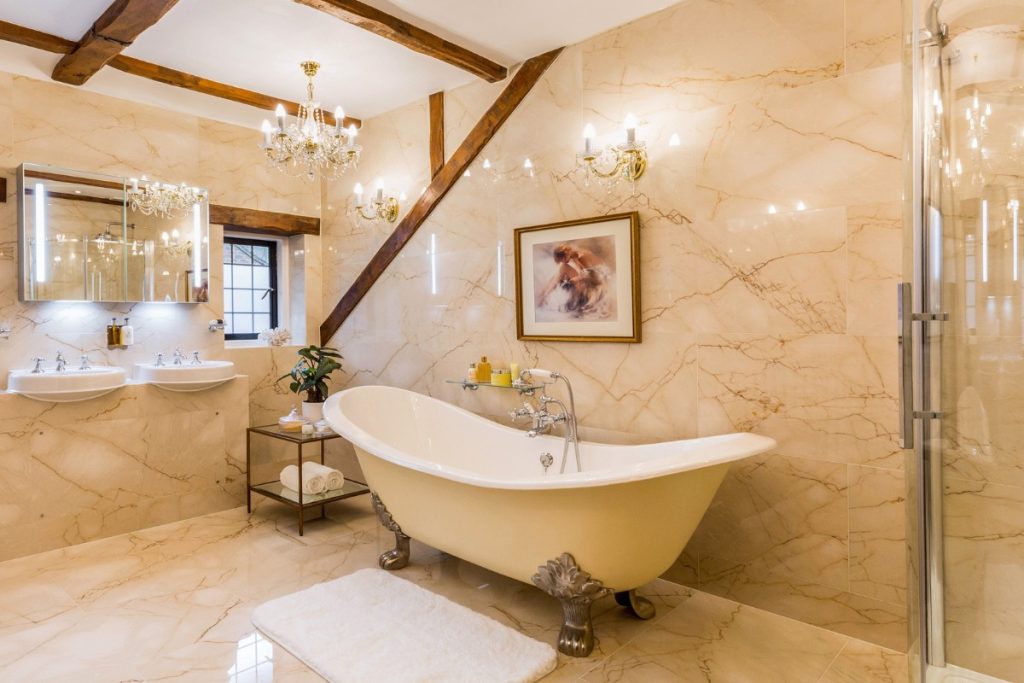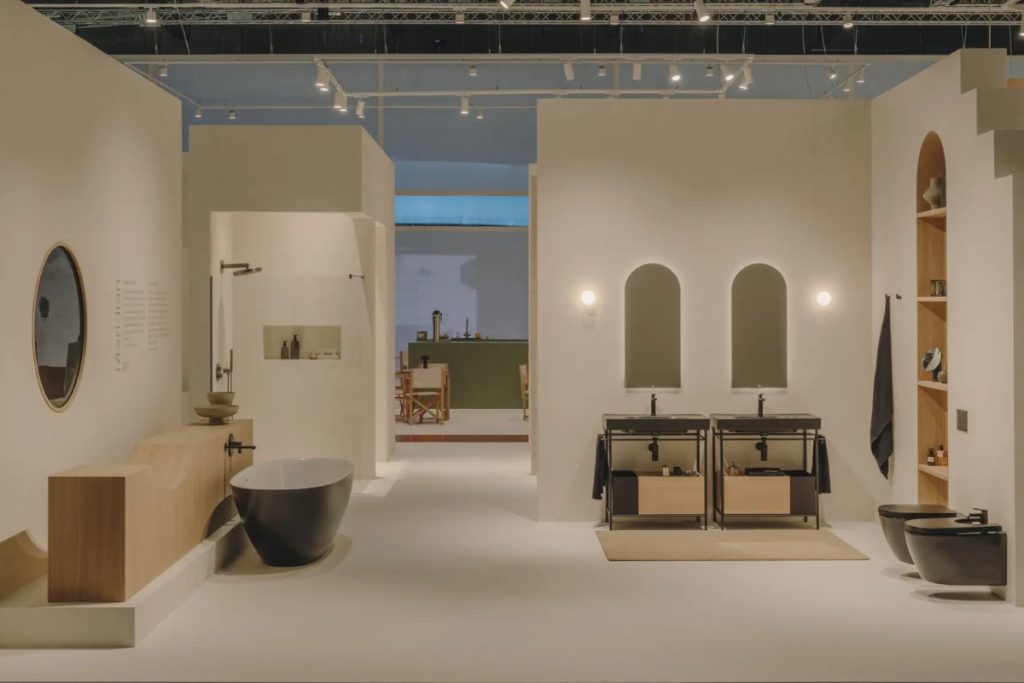 17th April 2023 | IN DESIGN ADVICE | BY SBID
17th April 2023 | IN DESIGN ADVICE | BY SBIDA gym’s layout has a big impact on the aesthetics of the overall space and, as such, careful planning should go into the positioning of each piece of equipment. “As with every room in a house, a home gym should be worthy of an amazing photoshoot and avoid falling into the all-too-common trap of looking like a cluttered jungle of metal and plastic,” advises Edward Thomas, Managing Partner of Gym Marine Yachts & Interiors.
Firstly, it helps arrange equipment in a way that is aesthetically optimised when anyone walks into the gym so that the space feels expansive and orderly. This can be done by placing equipment in ascending height order and avoiding any bulky machines directly in front of the entrance.

It is also recommended that gym layouts feature zoned areas in terms of the equipment, creating distinctive cardio, strength and stretching or yoga areas. Each of these areas come with individual considerations that will impact the overall layout of the gym.
For the first incarnation of any home gym, it’s also advisable to only fill the space up to 75 per cent. “Fitness is an ever-evolving pursuit and if the user takes up a new discipline in the future, this extra space will allow for new additions, such as specialist machines,” adds Edward.
Cardio Area
Access to equipment
Leaving enough space to get on and off equipment might sound obvious, but it is often overlooked during the planning of a gym layout. This is a particularly important consideration for cardio equipment, with treadmills accessed from the back, and bikes and cross trainers accessed from the side.
Minimum safety clearance
Manufacturers will require that treadmills are positioned with a minimum safety clearance of at least one metre behind for safety purposes. In smaller spaces, this can be challenging and will often dictate the layout of the room.
Ceiling height
Cardio equipment requires ample ceiling height, which may also dictate the layout of a gym, particularly in spaces with pitched roofs.
Power supply
Cardio equipment generally needs to be powered and, therefore, positioned near power sockets. While more flexibility can be added to the gym layout with self-powered equipment, these versions don’t feature touchscreen displays. Installing floor boxes with power sockets is another solution that allows for flexibility in the layout of powered cardio equipment without visible wiring.
Television
It’s advisable that all cardio equipment faces a television as these are the machines that people spend the longest duration on and may like to watch TV or an online class while doing so. It’s important, therefore, to consider the distances between the machines and the TV.

Strength Area
Flooring
As strength areas usually incorporate free weights, such as dumbbells or Olympic barbells, a different type of flooring will be needed in this area to provide protection.
Multi-functional equipment
Traditional strength equipment takes up a lot of space, but modern-day solutions allow gym designers to optimise the number of strength exercises per square metre. Choosing multi-functional equipment can allow more layout flexibility by incorporating many different exercises into a single footprint.
Working area
A lot of strength equipment, such as dual-adjustable pulleys or power racks, requires a certain amount of working area around it. These working areas are not included in the item’s CAD block, which many interior designers and architects rely on to plan a gym layout. As such, it is important to check the recommended working area for each piece of equipment and draw that onto any plans to ensure that users will have space to move around it and exercise to the full potential of the machine.
About Gym Marine Yachts & Interiors
Gym Marine Yachts & Interiors is a specialist wellness design for the superyacht and prime property sectors. Their experienced team have an unrivalled understanding of the complexities of gym and space design, both on land and at sea. This together with our vast experience in the health and wellness industry helps create an unbeatable service.
If you’d like to feature your news and stories on SBID.org, get in touch to find out more.
If you’d like to become SBID Accredited, click here for more information.



